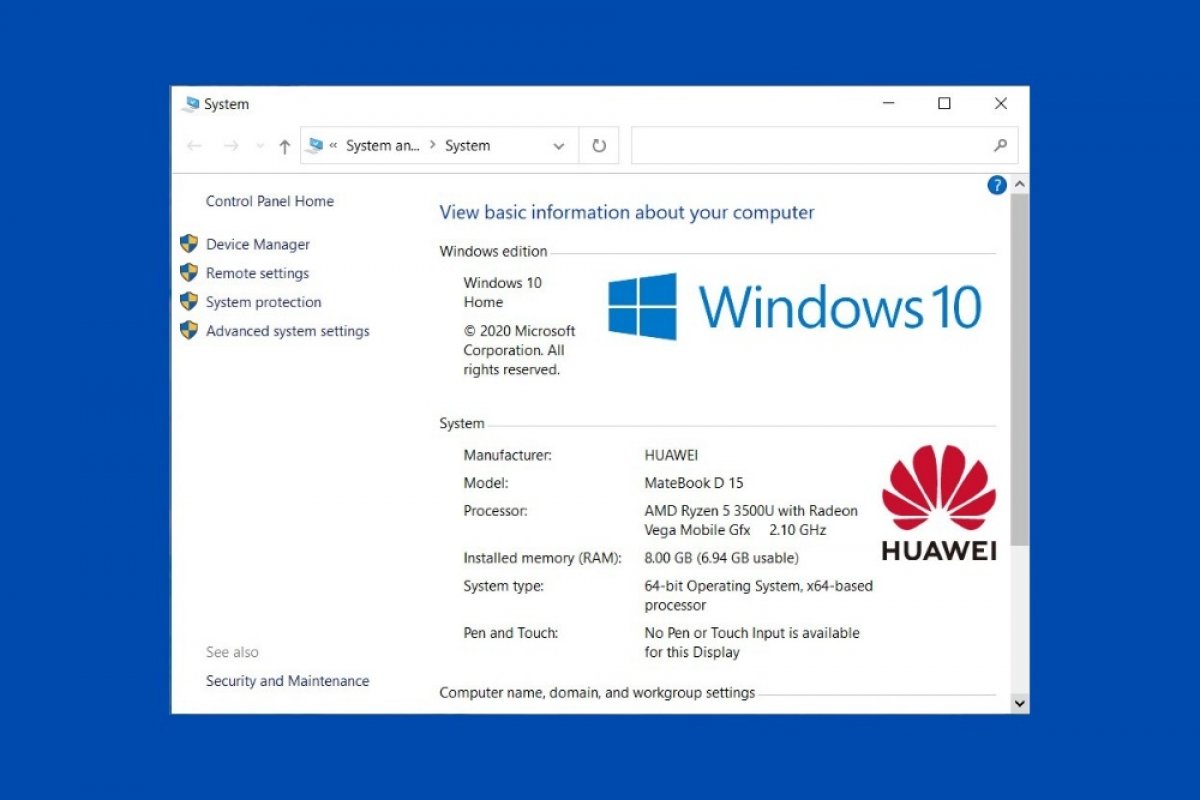The list of minimum requirements for Windows 10 is as follows
- Processor. The computer's processor must have a minimum frequency of 1 GHz or more. The system on a chip (SoC) is also supported.
- RAM memory. Your computer must have 1 GB of RAM memory, if your processor is 32-bit, or 2 GB, if you use the 64-bit version.
- Storage. Windows needs 16 GB to run in its 32-bit version. But if you use the 64-bit version, you will need at least 32 GB of disk storage.
- Graphic card. The graphics card must be DirectX 9 or higher compatible and have a WDDM 1.0 driver.
- Screen. The minimum resolution of your screen must be 800x600 pixels.
- Internet connection. Although having an Internet connection is not essential, it is necessary to keep the operating system updated.
This list of features refers to the minimum specifications that Windows 10 needs to work with. However, if you want to get good performance, we recommend that you choose components that far exceed these requirements.
Additionally, you must choose the most up-to-date technologies. For example, using a solid-state disk, or SSD, instead of a traditional hard disk, an HDD, will significantly increase data transfer speed. Thus, Windows 10 will be able to run much faster.
Finally, remember that these minimum requirements may vary over time. With each new update, Microsoft adds new functions and features to its operating system. In some cases, they may require more powerful devices with more modern components. When the time comes, you may have to change your PC or expand its capacity in one of these points mentioned in the list.



